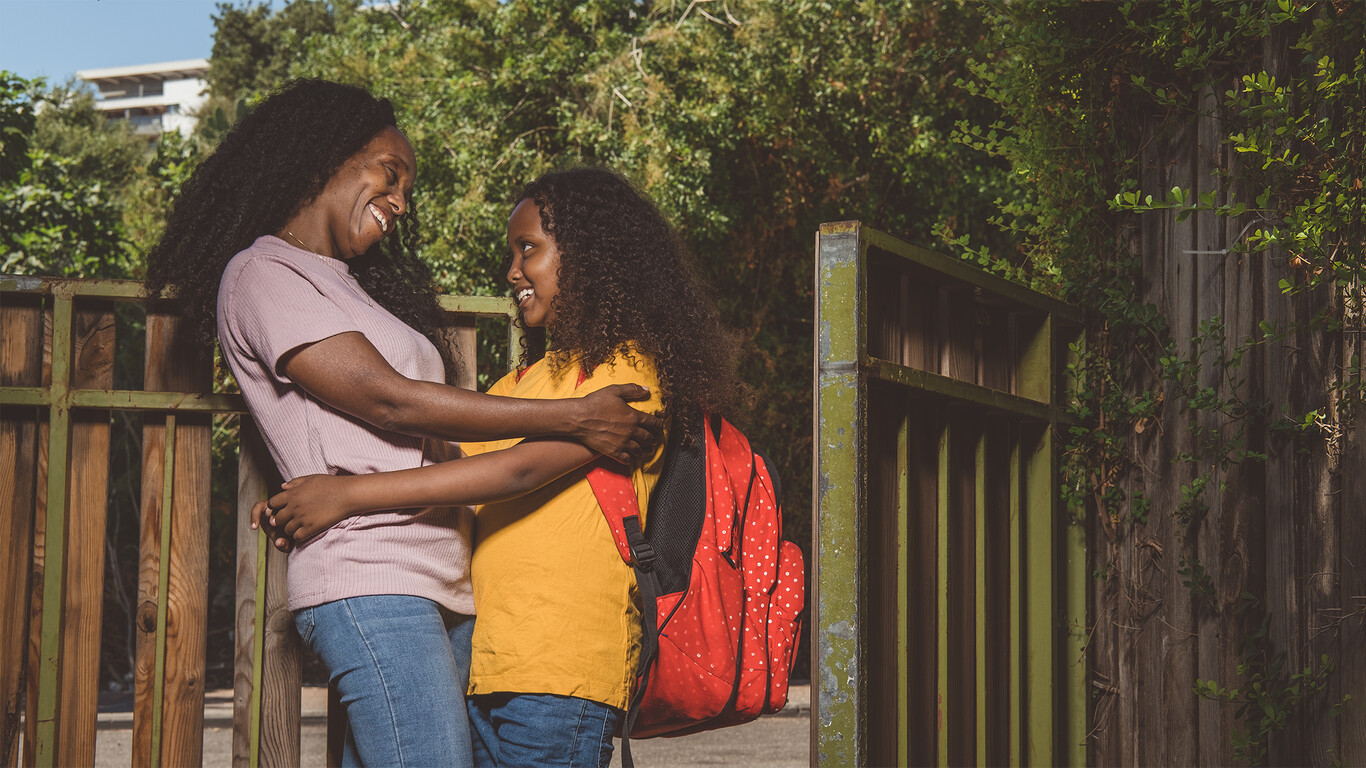Safe Use of a Baby Carrier
Generations of parents around the world have been using carriers as a convenient and efficient way of keeping their baby close to the parent’s body while leaving hands free. The purpose of the carrier, to allow parents to remain close to their child, has not changed but technology has increased the range and type of carriers available. Despite this, use of a carrier can stress anyone who has no experience with them, and raise questions such as: is it sufficiently safe? How do you tie it? How do you place the baby and keep them safe? Following several of the rules will make use of the carrier efficient and safe.
What to check before using the carrier
-
Standard mark
Before buying a carrier, check whether it bears a standard mark indicating that it is safe for use. If you received a second-hand carrier, always check for the standard mark, which will generally appear on the tag on the inner part of the carrier.
-
Read the instructions
Before the first time using a carrier, carefully read the instructions and warnings listed on the product and act according to them.
-
Age and weight appropriate
Make sure that the carrier is appropriate for the baby’s weight and age according to the manufacturer’s instructions.
Note that there are various types of carriers: some that are suitable for newborns and some that are suitable for a certain weight. Some carriers are to be worn on the front part of the body and some are suitable for wearing on the back. Make sure to use the carrier based on its purpose. -
Tied and secured
Before using a carrier, make sure that all the binding accessories are properly secured.
You may not initially feel certain on how to properly tie them. Make the time when you are relaxed and calm to check and practice proper tying so that you can safely protect the baby and cause them to be calm and secure.
The baby’s position in the carrier
-
1Seeing the face
Make sure that you can see the baby’s face the entire time that he or she is in the carrier.
-
2Breathing freely
Make sure that the carrier is sufficiently tight but not too tight as to interfere with their breathing. To prevent obstruction of the respiratory tract, the way the baby is positioned in the carrier must allow a finger’s width of space below the chin and up to the chest.
-
3Support
Make sure that the baby’s back is straight and is supported so that it is elevated and the head does not drop to the sides as this may result in obstruction of the respiratory tract. This is particularly important when using a carrier for newborns, and particularly those younger than four months of age, babies with a low birthweight or premature infants who have yet to develop control over their neck and back muscles.
-
4Hugging the carrier
When wearing the baby in a carrier, wrap the baby's hand in a hugging motion to feel them all the time.
-
5Alertness
Stay alert and check the baby often while the baby is in the carrier.
-
6Breastfeeding in the carrier
If you breastfeed in the carrier, maintain continuous eye contact with the baby. Once you finish breastfeeding, change the position of the baby. Make sure that the head is elevated and far from the fabric of the carrier and your body.
Warnings on use of the carrier
Warnings on use of the carrier
Using a carrier while smoking exposes the baby to the hazards of smoking. Alcohol or drug use may cause instability that endangers the baby. Read more on the prevention of passive smoking
In addition, while the baby is connected to the body, avoid drinking hot beverages or eating hot food that may accidentally spill onto them.
How to dress a baby for a carrier
The baby must be dressed according to the weather. Warmer clothes in winter and lighter clothes in the summer. In addition, it is important to remember that when a baby is in a carrier, their body becomes warmer from the body heat of the parent wearing the carrier. Avoid overdressing the baby in the carrier to avoid overheating.
Information provided with the assistance of the Beterem organization for children’s safety.

















